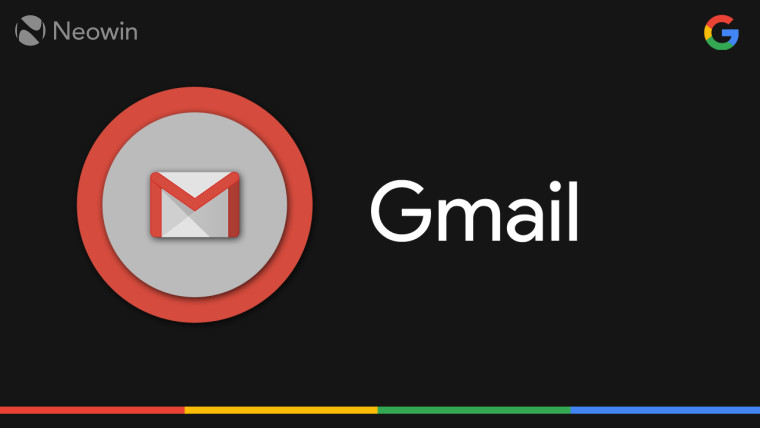
20 years ago, email was the main way people communicated on the internet. At the time, Microsoft's Hotmail and Yahoo Mail were the most popular options for a free web-based email account. However, both services had their limitations, including, but not limited to, only having a few megabytes of storage space. Users had to constantly delete emails to free up space.
Then, on April 1, 2004, 20 years ago today, Google launched its own free web-based service, Gmail. The writing style of Google's original press release made it sound like Google was making an April Fool's Day joke. Here's an example:
The inspiration for Gmail came from a Google user complaining about the poor quality of existing email services, recalled Larry Page, Google co-founder and president, Products. "She kvetched about spending all her time filing messages or trying to find them," Page said. "And when she’s not doing that, she has to delete email like crazy to stay under the obligatory four megabyte limit. So she asked, ‘Can’t you people fix this?’"
While the writing style of the Gmail press release was certainly humorous, Gmail itself turned out to be no joke at all.
Time posted its own feature on the origins of Gmail on its 10 anniversary. A team at Google had been working in secret on this project three years before that fateful April Fool's Day. Paul Buchheit was the leader of the Gmail team, and he told Time in 2014 that this was a project he was ordered to do, and it wasn't one of the company's "20 percent time" experimental projects that some employees did.
Buchheit stated that he began the project by using another service from the company, Google Groups, which indexed Usenet online discussion groups (remember them?). Instead of using its search feature to find info on Google Groups, he changed it so it could search through his email. That turned out to be one of Gmail's big features, offering far more advanced search features than were available on Hotmail or Yahoo Mail.
Another big feature was the massive free storage space. Google debated the amount of email storage, including considering offering 100 MB, which was still far more than what its competitors were offering. In the end, when the service launched, it offered its first few public users a whopping 1GB of free storage.

The use of Javascript code was also a big addition to Gmail as it allowed the team to put in features that could not be done on HTML code that Hotmail and Yahoo Mail used:
The ambitious use of JavaScript “was another thing most people thought was a pretty bad idea,” Buchheit says. “One of the problems we had was that the web browsers weren’t very good back then…We were afraid we’d crash browsers and nobody would want to use it.”
The use of JavaScript allowed the design of Gmail to turn email messages into more like conversations, which was not possible on the older web-based email services.
One big feature that has continued to be controversial is Google's business model of scanning emails to help generate ads that help to pay for the service. Google decided that this was a perception issue rather than an actual privacy issue and went ahead with the ad-based model.
Even though Google publicly launched Gmail 20 years ago today, invites to sign up for the service only went out to 1,000 outsiders, with each one given the right to invite two more people. That was partly due to the fact that Google simply didn't have enough servers set up for a lot of people. Indeed, the article stated that Gmail was run on 300 Pentium III PCs at first.
The rest, of course, is history. After that launch 20 years ago, Google didn't officially offer Gmail to everyone who wanted it until 2007, and it only got rid of its "beta" label in 2009. It has also added many new features to the service and launched mobile app versions for iOS and Android.
Google has not revealed the current number of Gmail users in a while. In 2019, CNBC reported that Gmail had 1.5 billion users worldwide, and it's likely Gmail will remain the biggest email service for some time to come.








_small.jpg)









8 Comments - Add comment